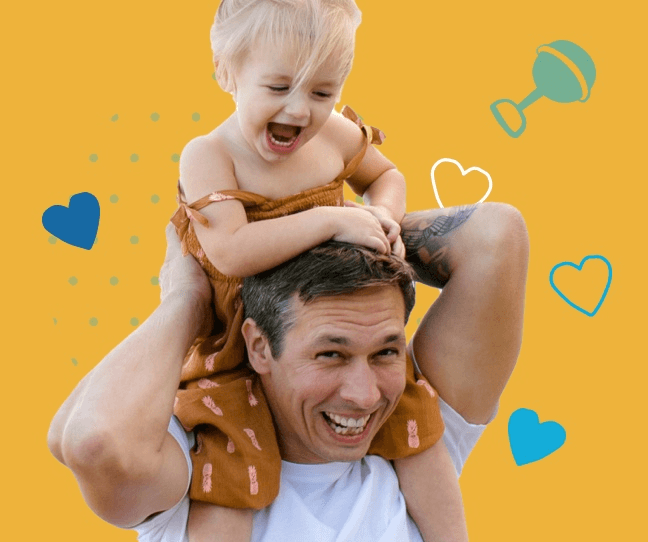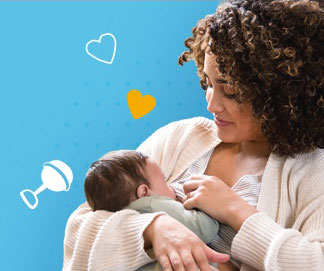Breastfeeding is best for babies
Thank you for visiting our website. The content is only for healthcare professionals so we cannot grant you access.
Please read this important notice first
By clicking the continue button, you will be able to view information about Similac infant milks and other products. If you choose to proceed, you are accepting that Similac is supplying this information at your individual request for information purposes. Please consult a healthcare professional to make an informed choice on feeding your baby milks & weaning onto solid foods.
Breastfeeding is best for babies and provides many benefits. It is important that, in preparation for and during breastfeeding, you eat a healthy, balanced diet. Combined breast and bottle feeding in the first weeks of life may reduce the supply of your own breast milk, and reversing the decision not to breastfeed is difficult. The social and financial implications of using an infant milk should be considered. Improper use of an infant milk or inappropriate foods or feeding methods may present a health hazard. If you use an infant milk, you should follow manufacturer’s instructions for use carefully – failure to follow the instructions may make your baby ill.
I do not wish to continue
A Guide to Baby’s First Year
Our guide to the first 12 months of your journey together

Month 1
A month full of firsts

In their first month, your baby sees best within 12 inches of their face.
They are staring a lot, and like bold shapes and high-contrast objects. They generally like sounds that change, such as your voice or music, but might react negatively to loud sounds. Your baby’s early reflexes are very basic; grasping lets them reach for rattles or your fingers, but not hold on to them.

Month 2
More familiar every day

Your baby cannot speak yet, but their body is speaking to you loud and clear, if you know what to look for.
They are seeking ways to adapt to the world. For example, sleeping is one way they learn to organize their life: when they are tired, they “turn off” the environment, conserving energy to grow. Watch closely and you will learn how much or how little stimulation they can handle, and when they are ready for talking, feeding, singing, or playing. Their actions will say it all.
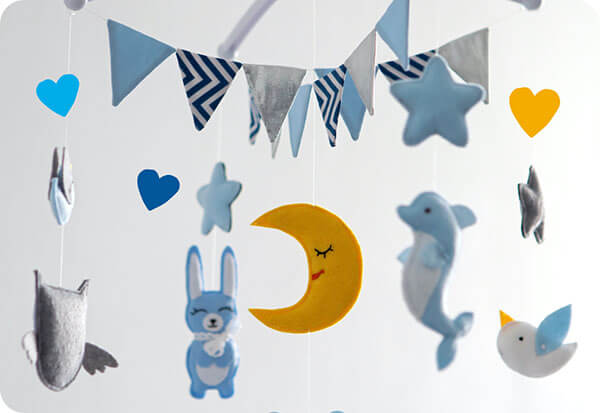
Month 3
Tiny little feats of strength

By month three, your newborn will probably begin developing a personality of their own.
They also might be reaching for objects, smiling spontaneously, and turning in the direction of your voice. Now might be a good time to introduce them with new toys, textures, and people. Your 3-month-old is working on strengthening their hand muscles. To help them along, put a rattle in their hand and gently tug on the big end.
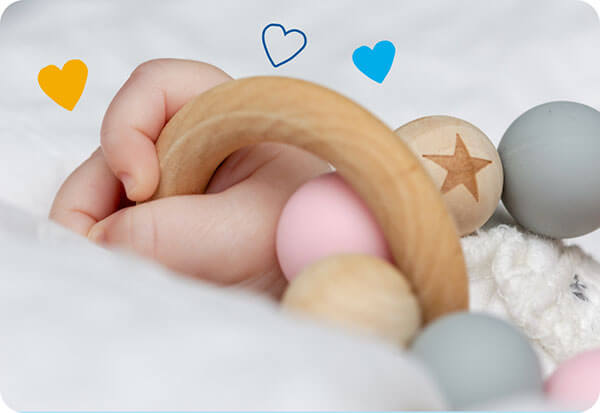
Month 4
A new conversation partner

In month four, your baby’s personality has probably become even more pronounced.
By the end of the month, they might be laughing out loud and attempting to have a conversation. After you’ve been out of sight, your baby may smile or get excited when they see you.

Month 5
Growing strong

By the end of this month, your 5-month-old will probably be able to sit up with some support, and be able to pass toys from one hand to the other.
However, they may also develop mistrust and fear of those who are not familiar. Although this fear goes away with time and is nothing to worry about, it usually helps to introduce your baby to new people a little more slowly during this time.
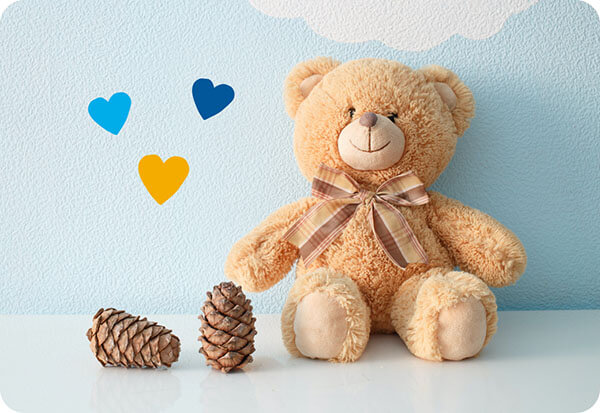
Month 6
A big milestone

This month, your baby is laying the groundwork for speech with every sound they make. You can expect them to make sounds like ‘da’, ‘ga’ or ‘ka’.
During the day, your baby will be wide-awake and active for extended periods, and should be taking two or three short naps totaling three to four hours.
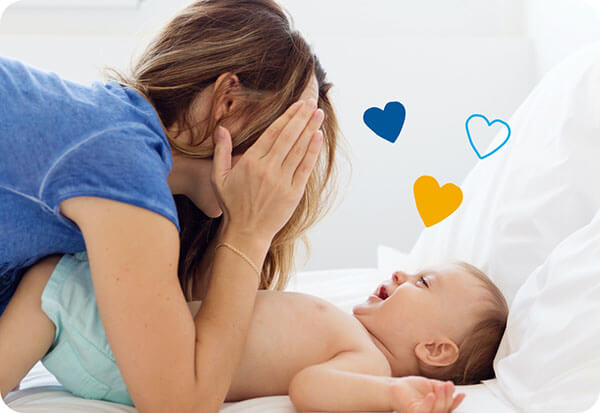
Month 7
Time for those teething rings

Your 7-month-old will likely start moving more independently this month and might begin exploring their surroundings in new ways.
In addition, their first tooth could be arriving soon. You’ll need to help them cope with the pain of teething while you continue to foster their development.
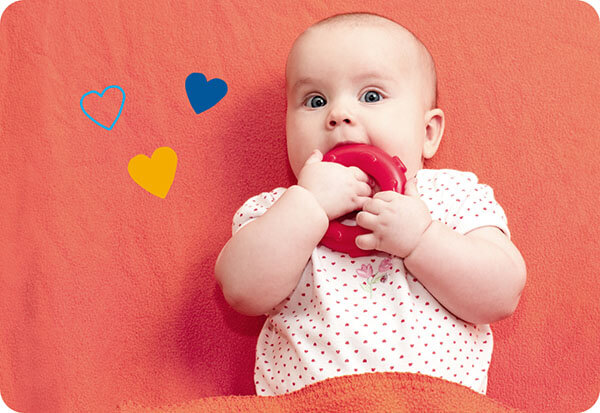
Month 8
Off on an adventure

This month, your 8-month old is crawling, cruising, and experimenting with all-new ways to explore the world around them.
When your baby is standing, encourage them by holding their favorite toy just out of reach and getting them to “cruise” along the furniture to reach it.

Month 9
Getting a grip

Shake, rattle, and roll! Your baby might be developing the ability to grab anything within reach including a favourite toy. Be mindful to keep harmful objects out of sight.
They might be able to make sounds like “mama” or “dada” too. But it’s completely normal for babies to go months longer before they start saying recognisable words.
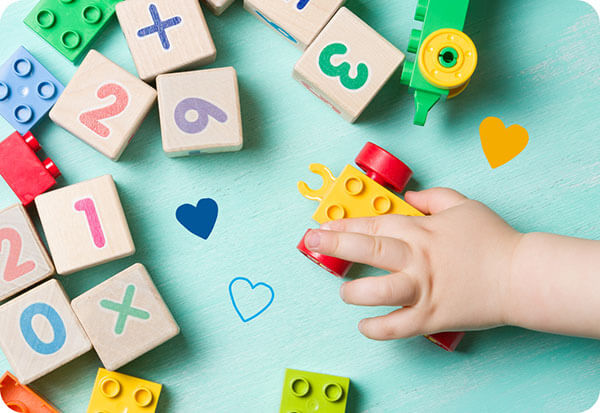
Month 10
Showing off their skills

Ten-month-olds are typically interacting more with people and showing off their new skills every chance they get.
Help your baby adapt to their expanding world by reciting nursery rhymes, singing songs, and taking them to new places for the first time.

Month 11
More active every day

Your baby might be exploring your home more than ever before.
Whether they are cruising around the living room furniture, standing on their own, or climbing up (but not down) the stairs, consider taking new steps to keep them safe. It’s a good idea to install safety gates or other barriers at the top and bottom of stairs.
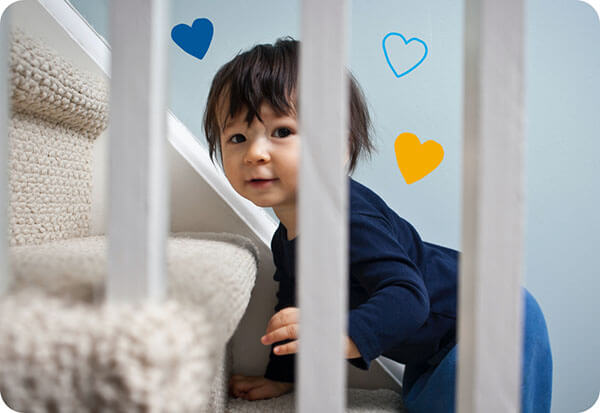
Month 12
A personality of their own

Your baby’s development is taking off as they start to reveal their budding personality. They may be responding to their own name and standing on their own.
They are about to go through the physical changes of becoming a toddler, so it’s time to prepare for the next growth spurt. You’ve both come so far during the past 12 months!
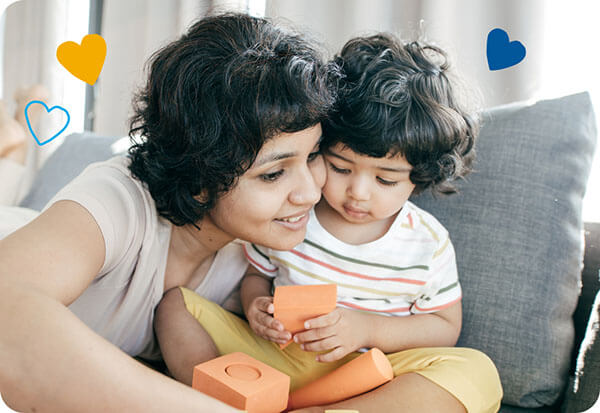
References: https://similac.com/baby-development/1-month-old-baby-tips-advice
https://www.cambscommunityservices.nhs.uk/advice/childhood-development/milestones
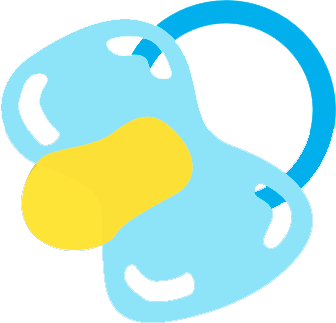
Similac® Support
Friendly advice at your fingertips

This website and the information contained herein is intended for use by residents of the UK. The product images are for illustrative purposes only.
©2024 Abbott Laboratories Limited. All rights reserved. Registered Number: 329102 England Registered Office: Abbott House, Vanwall Business Park, Vanwall Road, Maidenhead, Berkshire SL6 4XE
Date of preparation: August 2020





